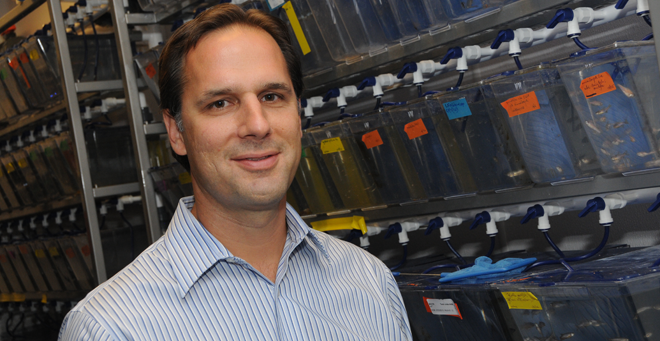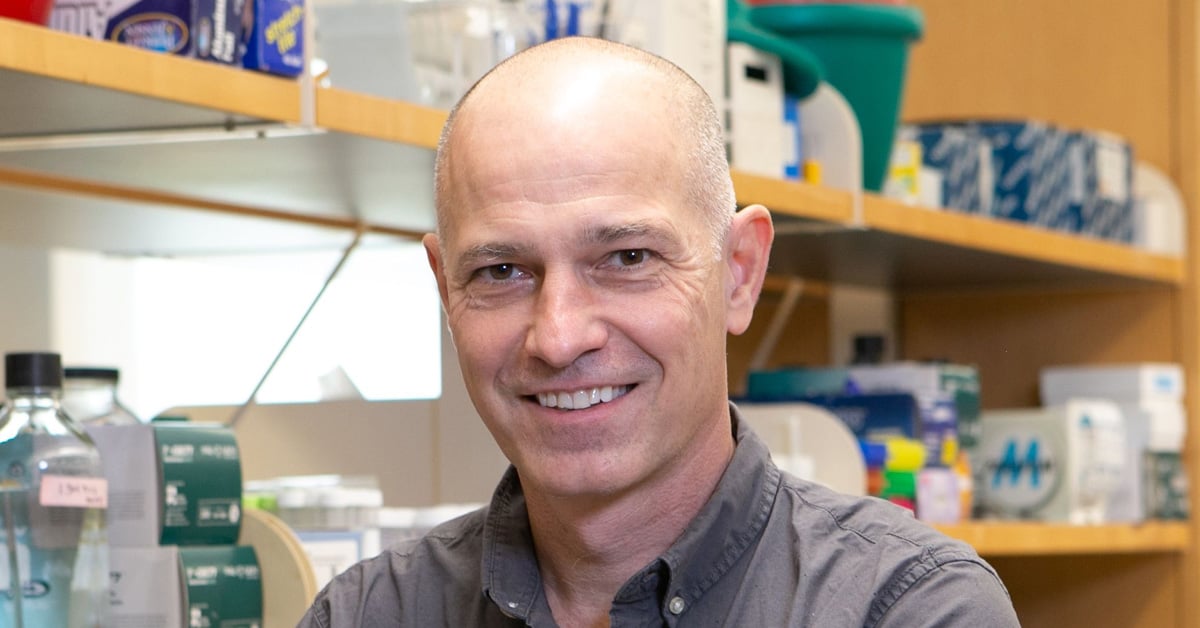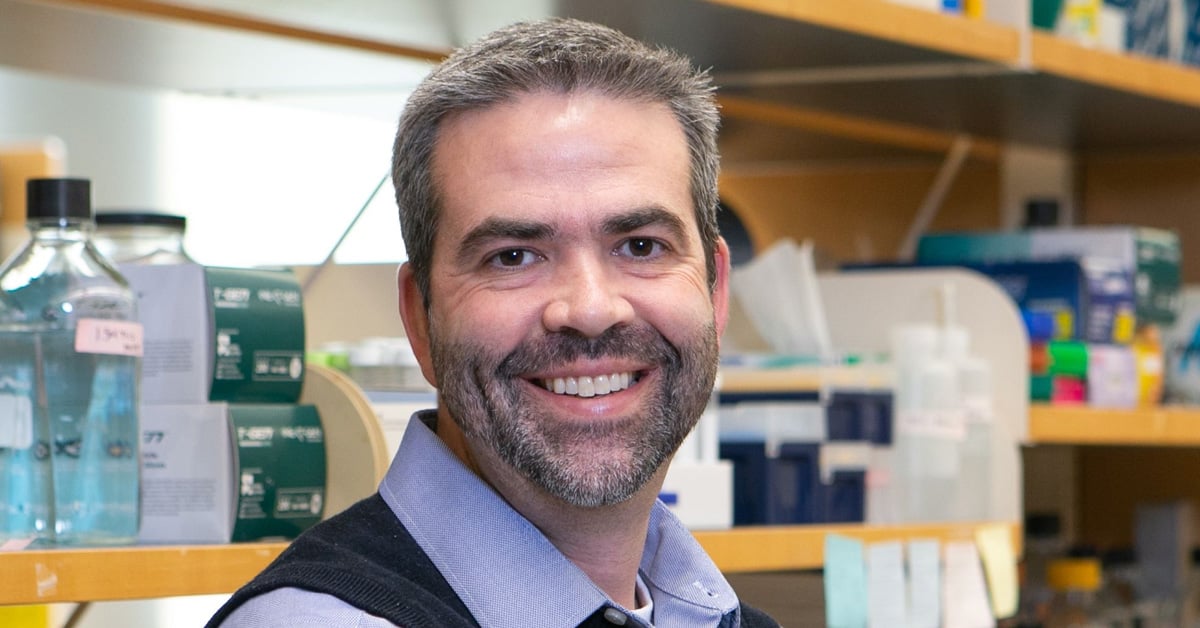Skin Cancer
Skin cancer develops when mutations occur in the DNA of skin cells, causing the cells to grow out of control and form a mass of cancer cells. Skin cancer falls into two main groups: melanoma and non-melanoma. The most common non-melanoma skin cancers are basal cell carcinoma and squamous cell carcinoma, named after the type of skin cells that become cancerous. Basal cell carcinoma usually appears on areas of the body exposed to the sun and rarely spreads to other parts of the body. Squamous cell carcinoma appears in sun-exposed areas, as well as areas of the body not exposed to the sun, such as the lining of the hollow organs of the body, and the lining of the respiratory and digestive tracts. Melanoma begins in the melanocytes—the pigment (melanin)-producing cells of the skin—or in other pigmented tissues, such as those in the eye or intestines, and can spread to other parts of the body. Finally, there is a type of lymphoma that can originate in the skin, called cutaneous lymphoma.
The first step in diagnosing skin cancer is a physical exam, where the doctor—a dermatologist—will note the size, shape, color, and texture of the area in question. If this area might be skin cancer, the next step is a skin biopsy, a procedure in which the area of skin (or a small portion of it) is removed and sent to a laboratory for examination under a microscope by a pathologist.
Prevention and Routine Screening
Excessive exposure to ultraviolet rays from the sun is known to be the leading cause of skin cancer. The best way to lower the risk of skin cancer is to limit exposure to the sun by wearing sunscreen, seeking shade, wearing sun-protective clothing, and avoiding the use of tanning beds and sun lamps. Also important is checking one’s own skin regularly to spot any new growths or abnormal areas and to show them to a health provider before any potential development into skin cancer.
In the News
-

John Harris appointed chair of dermatology
Read more -

U.S. Army grant advances UMMS studies targeting key melanoma protein
Read more































